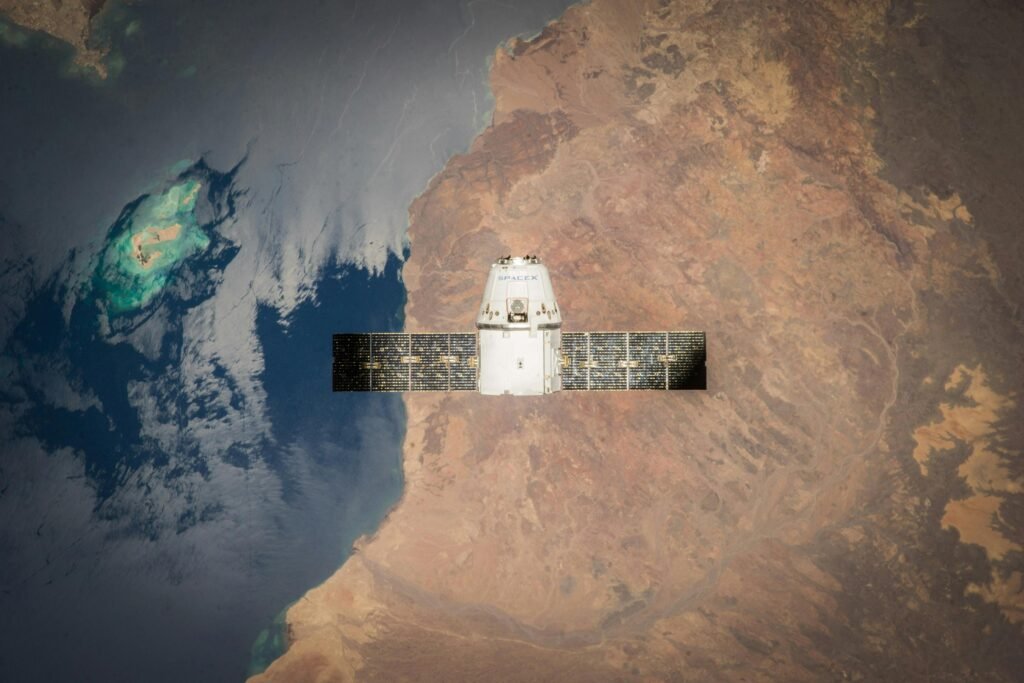
In the vast emptiness of space, there’s an invisible crisis quietly growing: space debris. Often overlooked by the public, orbital debris—or “space junk”—poses a serious threat to the future of satellites, space missions, and even services we depend on every day here on Earth.
From aging satellites to rogue bolts the size of a paperclip, the clutter above us is no longer just a technical nuisance—it’s becoming a global concern.
What Exactly Is Space Junk?
Space junk refers to non-functional, human-made objects left floating in Earth’s orbit. These include:
- Defunct satellites
- Used-up rocket stages
- Shards from past satellite collisions
- Tiny fragments like screws, flaked-off paint, or metal particles
Despite their size, these objects zip around Earth at speeds of up to 28,000 kilometers per hour, turning even the smallest item into a high-speed projectile.
How Much Space Debris Is Out There?
The numbers are staggering—and growing:
- 34,000+ objects larger than 10 cm
- 900,000+ fragments between 1–10 cm
- Over 100 million particles smaller than 1 cm
Even these miniature fragments can cause catastrophic damage due to their extreme velocity.
Why Is Space Debris Dangerous?
While the sheer quantity of debris is alarming, the speed at which it travels makes it lethal. Risks include:
- Damage to active satellites that provide internet, GPS, weather updates, and TV
- Collision with spacecraft and threats to astronaut safety aboard missions or the International Space Station
- Chain reactions of collisions, generating even more debris—a scenario known as the Kessler Syndrome
In essence, we risk losing safe and sustainable access to space.
A Real-World Example
In 2009, a defunct Russian satellite collided with an operational U.S. Iridium satellite. The crash generated over 2,000 trackable debris fragments, many of which still orbit Earth today.
This event served as a wake-up call for international agencies, showing just how real and immediate the threat of space debris can be.
What’s Being Done About It?
Solving the space junk problem won’t be easy, but efforts are underway:
- Active Debris Removal (ADR): Experiments with robotic arms, nets, and lasers to clean up orbit
- Smart satellite design: Satellites are now being built to de-orbit and burn up in Earth’s atmosphere after their mission ends
- Global cooperation: International organizations like the UN and space agencies are developing policies for satellite disposal and orbit management
Still, much more collaboration is needed to make long-term orbital sustainability a reality.
Why You Should Care
This isn’t just a space agency problem—it’s an Earth problem.
Every modern convenience from navigation apps to Netflix, aviation safety to emergency communications, depends on satellites. If even a few are compromised, the ripple effects could impact economies, public safety, and national security.
Space may feel distant, but its challenges are orbiting us more closely than we think.
Conclusion
Space debris isn’t science fiction—it’s science fact. It represents one of the most urgent challenges in modern space exploration and communication.
As we launch more satellites and pursue commercial space travel, the need to protect our orbital environment is more critical than ever. Space is vast, but our usable orbit is limited—and it’s up to all of us to keep it clean.
